Top 10 Places In North Goa

North Goa is a popular tourist destination known for its stunning beaches, vibrant nightlife, and rich culture. Here are the top 10 places to visit in North Goa:
Calangute Beach
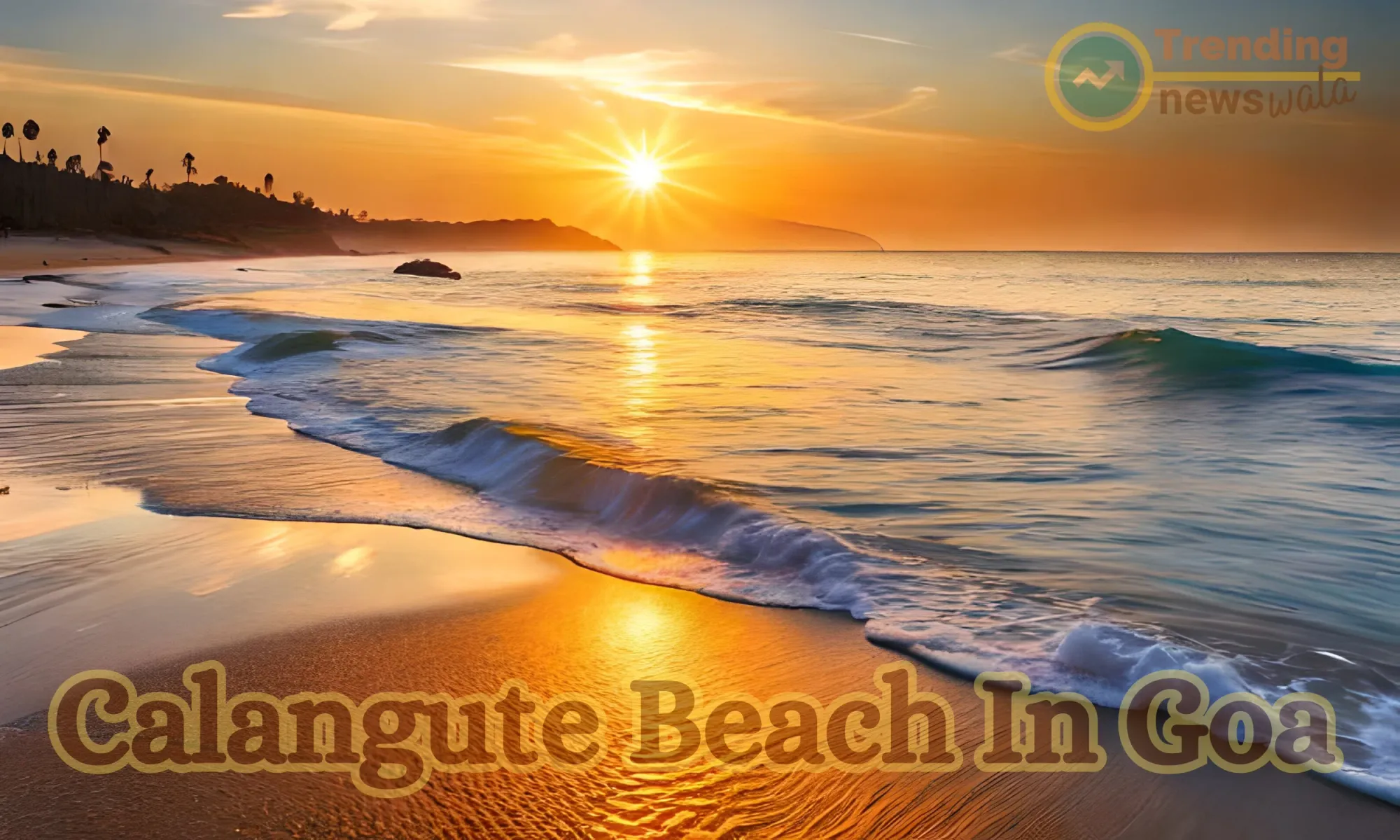
Calangute Beach is one of the most popular and bustling beaches in North Goa, India. It's often referred to as the "Queen of Beaches" due to its widespread popularity among tourists. Here's what you need to know about Calangute Beach:
1. Location:
- Calangute Beach is located in North Goa, approximately 15 kilometers (9 miles) from the state capital, Panaji. It's easily accessible from major cities like Mapusa and Margao.
2. Attractions:
- The beach itself is the primary attraction, known for its long stretch of golden sand and the warm waters of the Arabian Sea.
- Water sports: Calangute Beach offers a variety of water sports activities, including parasailing, jet skiing, banana boat rides, and windsurfing. These activities are available throughout the year.
- Beach shacks: The shoreline is lined with colorful beach shacks and restaurants where you can enjoy local Goan cuisine, fresh seafood, and refreshing beverages.
- Shopping: The nearby market area has numerous shops and stalls selling clothing, jewelry, handicrafts, and souvenirs.
- Nightlife: Calangute has a vibrant nightlife scene with beachfront bars and clubs that often host live music performances and DJ parties.
3. Activities:
- Sunbathing and Swimming: The beach is ideal for sunbathing and swimming, although the waves can be strong during the monsoon season.
- Beach Sports: Volleyball and beach football are popular activities on Calangute Beach.
- Dolphin Watching: You can go on dolphin-watching boat trips from the beach.
4. Accommodation:
- Calangute offers a wide range of accommodation options, from budget guesthouses and mid-range hotels to luxury resorts. Many tourists choose to stay in this area due to its central location and easy access to other parts of North Goa.
5. Best Time to Visit:
- The peak tourist season in Goa, including Calangute Beach, is from November to February when the weather is pleasant and dry. However, it can be crowded during this time.
- Monsoon season (June to September) brings heavy rainfall, making it less suitable for beach activities.
6. Local Attractions:
- Calangute is well-connected to other popular North Goa attractions, including Baga Beach, Anjuna Beach, Aguada Fort, and the vibrant markets of Mapusa and Anjuna.
7. Safety:
- While enjoying water sports, it's essential to follow safety instructions provided by operators. Swimmers should also be cautious of strong currents and adhere to lifeguard warnings.
Calangute Beach is an ideal destination for travelers looking for a mix of beach relaxation, water sports, shopping, and a lively atmosphere. Whether you're a solo traveler, a couple seeking a romantic getaway, or a family on vacation, Calangute Beach has something to offer every visitor.
Baga Beach
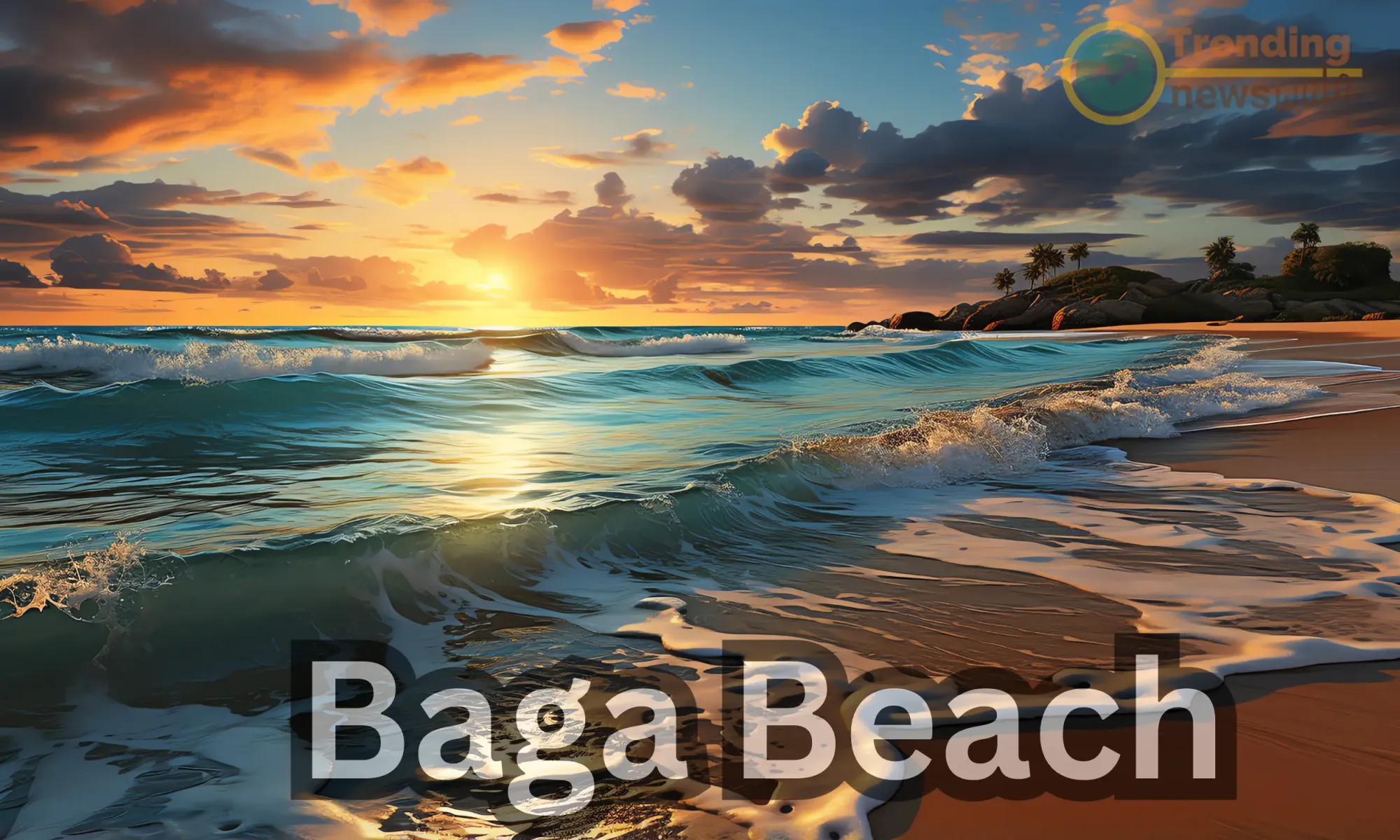
Baga Beach is one of the most popular and vibrant beaches in North Goa, India. It's located just north of Calangute Beach and is known for its lively atmosphere, water sports, nightlife, and scenic beauty. Here's what you need to know about Baga Beach:
1. Location:
- Baga Beach is situated in North Goa, approximately 16 kilometers (10 miles) from the state capital, Panaji. It's easily accessible from major towns like Mapusa and Calangute.
2. Attractions:
- Beach: Baga Beach offers a picturesque shoreline with soft golden sands and the azure waters of the Arabian Sea. It's an ideal spot for sunbathing and swimming.
- Water Sports: Baga is a hub for water sports enthusiasts. You can enjoy activities such as parasailing, jet skiing, banana boat rides, and windsurfing. The beach also has facilities for parasailing, which provides stunning aerial views of the coastline.
- Nightlife: Baga is renowned for its vibrant nightlife. The beachfront is lined with bars, clubs, and beach shacks where you can enjoy live music, dance to the latest tunes, and savor cocktails and seafood.
- Baga Creek: A picturesque creek flows into the sea near Baga Beach, offering a serene spot for bird watching and boat rides.
- Shopping: The beach area has several shops and stalls selling clothing, accessories, jewelry, and souvenirs. It's a great place to pick up gifts and mementos.
3. Activities:
- Water Sports: The beach is a paradise for adventure seekers who want to indulge in water sports like parasailing, jet skiing, and more.
- Beach Sports: Volleyball and beach football are popular activities on Baga Beach.
- Dolphin Watching: You can book dolphin-watching boat trips from Baga Beach to catch a glimpse of these playful marine creatures.
4. Accommodation:
- Baga offers a wide range of accommodation options, including budget guesthouses, mid-range hotels, and luxury resorts. Many beachfront properties offer scenic views and easy access to the beach.
5. Best Time to Visit:
- The peak tourist season in Baga Beach, as in most of Goa, is from November to February when the weather is pleasant and dry. This is an ideal time for water sports and beach activities.
- Monsoon season (June to September) brings heavy rainfall, making it less suitable for beachgoers.
6. Local Attractions:
- Baga Beach is close to other popular North Goa attractions, including Calangute Beach, Anjuna Beach, Aguada Fort, and the bustling markets of Mapusa and Anjuna.
7. Safety:
- When enjoying water sports, it's essential to follow safety guidelines provided by operators. Swimmers should be cautious of strong currents and heed lifeguard warnings.
Baga Beach is a favorite destination for those seeking a blend of beach relaxation, water sports, vibrant nightlife, and a lively ambiance. Whether you're a solo traveler, a couple, or a group of friends, Baga Beach offers a diverse range of activities and experiences for visitors of all kinds.
Anjuna Beach
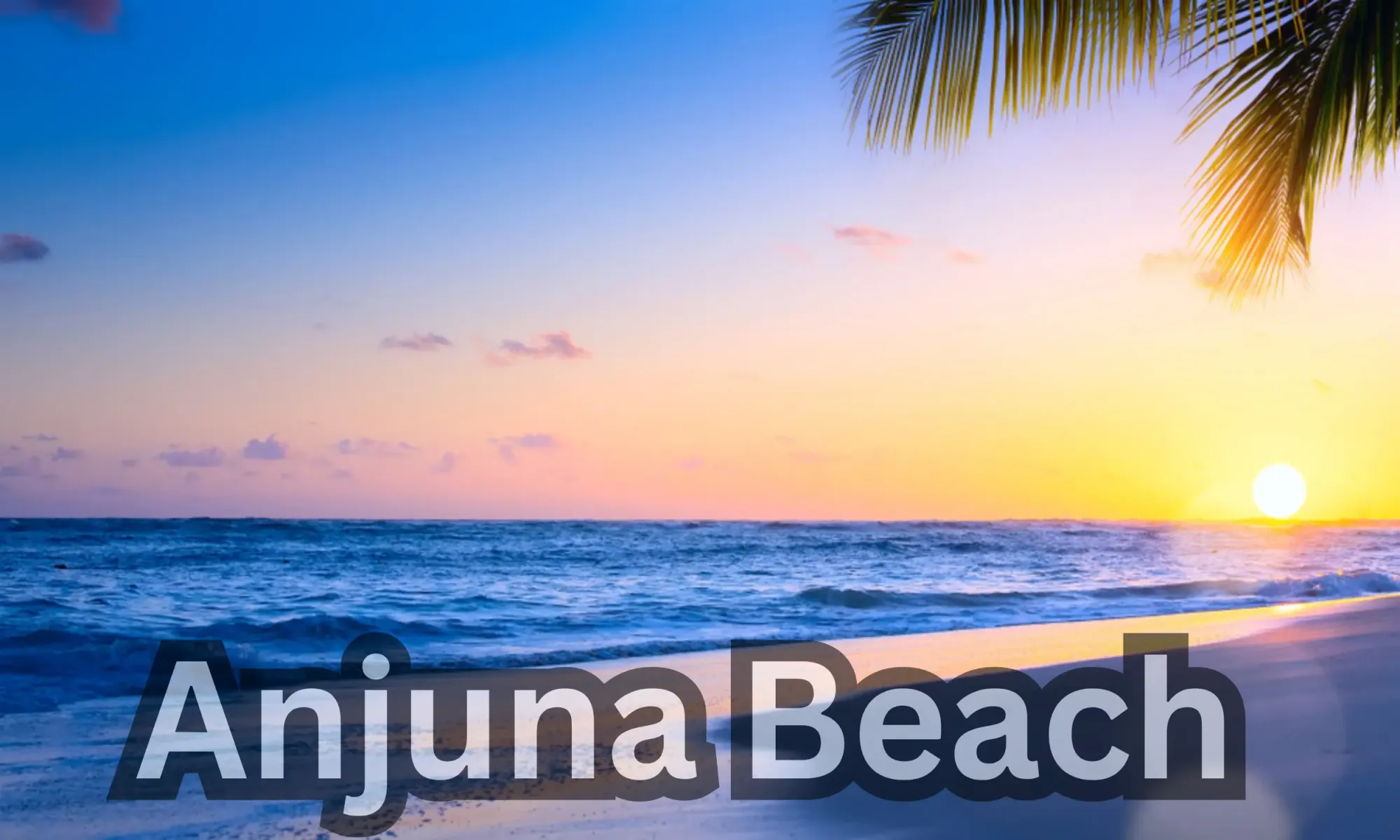
Anjuna Beach is a renowned and iconic beach destination located in North Goa, India. Known for its unique blend of natural beauty, vibrant culture, and lively atmosphere, Anjuna Beach has been a popular destination for tourists and backpackers for several decades. Here's what you need to know about Anjuna Beach:
1. Location:
- Anjuna Beach is situated in North Goa, approximately 18 kilometers (11 miles) from the state capital, Panaji. It's well-connected to other popular beaches like Calangute and Baga.
2. Attractions:
- Beach: Anjuna Beach boasts a picturesque shoreline with rocky outcrops, golden sands, and the turquoise waters of the Arabian Sea. It's an ideal place for sunbathing and swimming, although the waves can be strong during the monsoon season.
- Nightlife: Anjuna is famous for its vibrant nightlife. The beach area is dotted with beachfront bars, clubs, and restaurants that come alive in the evening. You can enjoy live music, DJ parties, and dance the night away.
- Flea Market: The Anjuna Flea Market, held every Wednesday, is a significant attraction. Here, you can shop for clothing, jewelry, handicrafts, souvenirs, and various other goods sold by local vendors.
- Anjuna Beach Shacks: The beachfront shacks serve a variety of cuisines, including Goan, Indian, and international dishes. It's a great place to savor fresh seafood and enjoy cocktails while taking in the views.
- Water Sports: While not as popular for water sports as some other beaches, you can still find activities like parasailing and jet skiing during the peak tourist season.
3. Activities:
- Water Sports: You can indulge in water sports like parasailing, jet skiing, and windsurfing during the season.
- Beach Sports: Volleyball and beach football are popular activities on Anjuna Beach.
- Yoga and Wellness Retreats: Anjuna has become a hub for yoga enthusiasts, and you'll find many wellness centers and retreats offering yoga and meditation classes.
4. Accommodation:
- Anjuna offers a range of accommodation options, from budget guesthouses and hostels to boutique hotels and beachfront resorts. Many backpackers and travelers on a budget prefer to stay in this area due to its vibrant ambiance.
5. Best Time to Visit:
- The peak tourist season in Anjuna Beach, as in most of Goa, is from November to February when the weather is pleasant and dry. This is the ideal time for beach activities and nightlife.
- Monsoon season (June to September) brings heavy rainfall, which can limit beach activities and water sports.
6. Local Attractions:
- Anjuna Beach is close to several attractions, including the historic Chapora Fort, Vagator Beach, and the bustling markets of Mapusa and Calangute.
7. Safety:
- While enjoying water sports, it's essential to follow safety instructions provided by operators. Swimmers should be cautious of strong currents and adhere to lifeguard warnings.
Anjuna Beach is not only a beach destination but also a cultural hub with a unique blend of music, art, and relaxation. Whether you're a partygoer, a culture enthusiast, or simply seeking a laid-back beach experience, Anjuna Beach offers something for every traveler.
Vagator Beach
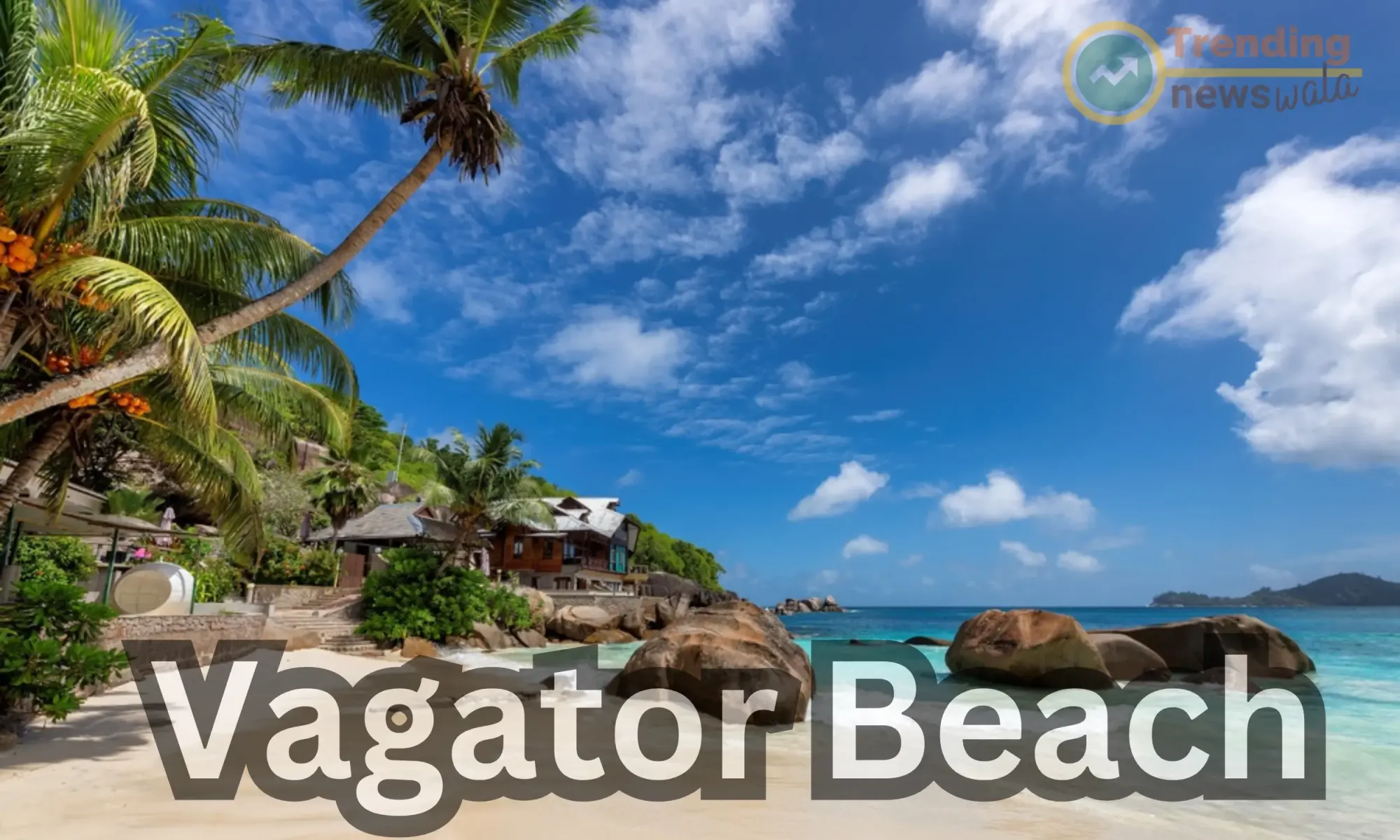
Vagator Beach is a beautiful and serene beach located in North Goa, India. It's known for its scenic beauty, rocky cliffs, tranquil shores, and vibrant nightlife. Vagator Beach is divided into two main parts: Big Vagator Beach and Little Vagator Beach. Here's what you need to know about Vagator Beach:
1. Location:
- Vagator Beach is situated in North Goa, approximately 22 kilometers (13.7 miles) from the state capital, Panaji. It's not far from popular beaches like Anjuna and Baga.
2. Attractions:
- Beach: Vagator Beach is characterized by its golden sands, picturesque cliffs, and the turquoise waters of the Arabian Sea. The northern part of the beach, known as Little Vagator or Ozran Beach, is a bit more secluded and less crowded.
- Rocks and Cliffs: Vagator is famous for its dramatic rocky outcrops, which create a unique and stunning backdrop. You can often see travelers and photographers exploring the cliffs.
- Chapora Fort: Perched on a nearby hill, the Chapora Fort provides panoramic views of both Vagator Beach and Anjuna Beach. It's a popular spot for tourists.
- Nightlife: Vagator Beach offers a vibrant nightlife scene, with beachfront shacks and bars hosting music events, DJ parties, and other entertainment during the tourist season.
- Shopping: You can find shops and stalls selling clothing, jewelry, handicrafts, and souvenirs in the nearby areas.
3. Activities:
- Water Sports: While Vagator Beach is not as popular for water sports as some other beaches, you can still find activities like parasailing and jet skiing during the peak tourist season.
- Yoga and Wellness: Vagator has become a hub for yoga enthusiasts, and you'll find many wellness centers and retreats offering yoga and meditation classes.
4. Accommodation:
- Vagator offers a range of accommodation options, including guesthouses, budget hotels, boutique resorts, and even luxury villas. Some properties provide stunning views of the beach and cliffs.
5. Best Time to Visit:
- The best time to visit Vagator Beach, as with most of Goa, is from November to February when the weather is pleasant and dry. This is the ideal time for beach activities and nightlife.
- Monsoon season (June to September) brings heavy rainfall, which can limit beach activities and water sports.
6. Local Attractions:
- In addition to the beach and Chapora Fort, Vagator is close to attractions like Anjuna Beach, Aguada Fort, and the bustling markets of Mapusa and Calangute.
7. Safety:
- While enjoying water sports, it's essential to follow safety instructions provided by operators. Swimmers should be cautious of strong currents and adhere to lifeguard warnings.
Vagator Beach is a perfect destination for those looking for a quieter and more relaxed beach experience while still having access to the vibrant nightlife and attractions of North Goa. Whether you're a nature enthusiast, a photography enthusiast, or a traveler seeking tranquility, Vagator Beach offers a serene escape from the hustle and bustle of daily life.
Aguada Fort
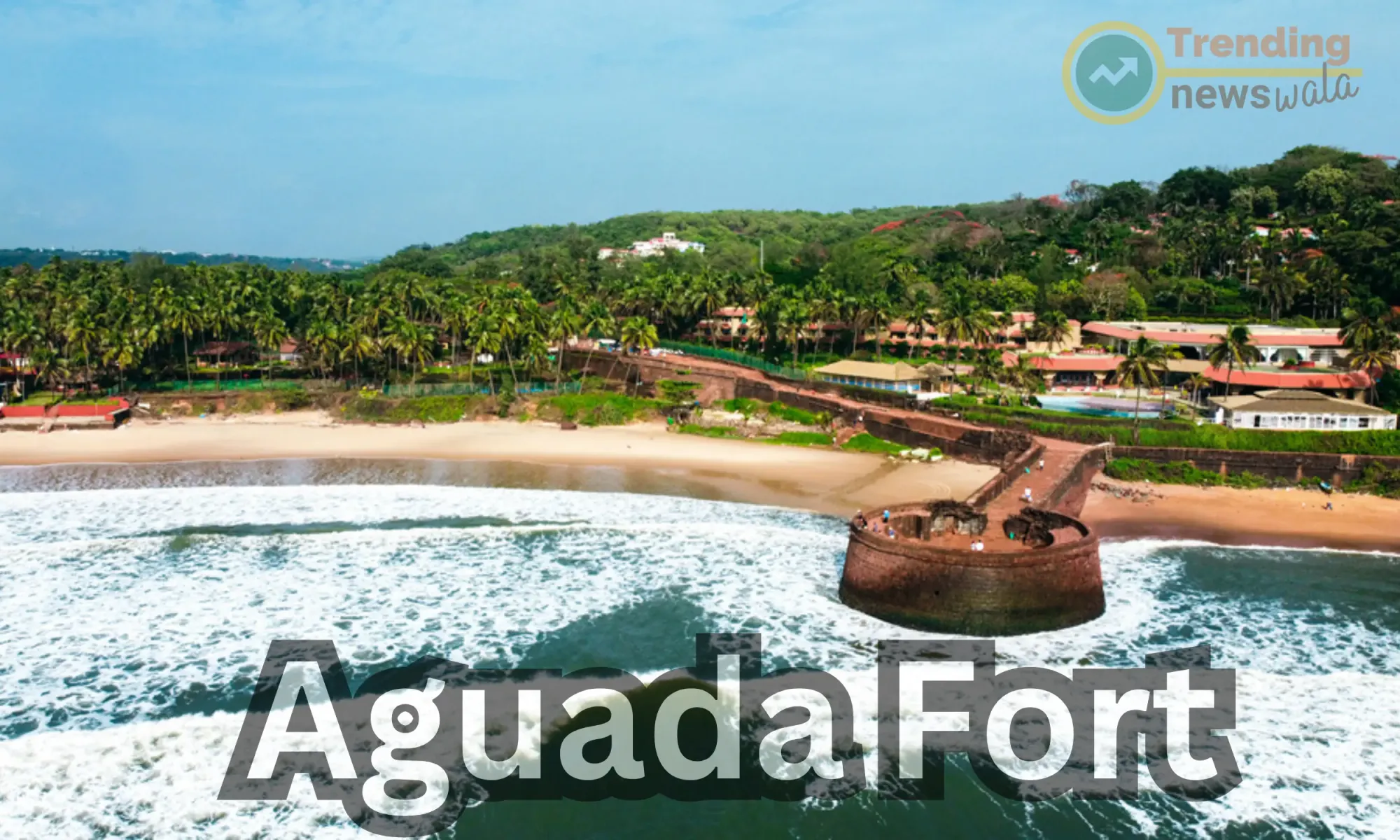
Aguada Fort, located in North Goa, is one of the most iconic and well-preserved forts in India. It's a popular tourist attraction known for its historical significance, stunning views, and architectural beauty. Here's what you need to know about Aguada Fort:
1. Location:
- Aguada Fort is situated in Sinquerim, approximately 18 kilometers (11 miles) from the state capital, Panaji, and it's easily accessible from popular beaches like Candolim and Calangute.
2. History:
- The fort was constructed by the Portuguese in the early 17th century, primarily to protect Goa from Dutch and Maratha invaders. The name "Aguada" comes from the Portuguese word "água," meaning water, as the fort was strategically positioned near a freshwater spring that provided a reliable source of drinking water for passing ships.
3. Attractions:
- Fort Structure: The fort is a massive and well-preserved structure made of laterite stone. It features a prominent lighthouse and thick walls that once housed cannons and a garrison.
- Aguada Lighthouse: The lighthouse within the fort was built in 1864 and is still in operation. It provides panoramic views of the Arabian Sea and the surrounding coastline.
- Water Storage: One of the unique features of Aguada Fort is its vast underground water storage tanks that could hold approximately 10 million liters of freshwater, making it an essential resource for passing ships.
- Scenic Views: The fort offers breathtaking views of the Arabian Sea, Sinquerim Beach, Candolim Beach, and the surrounding landscapes, making it an ideal spot for photography.
4. Activities:
- Visitors can explore the fort's historical structures and walls, climb the lighthouse for panoramic views, and enjoy a leisurely walk around the fort's premises.
- The nearby Sinquerim Beach is a great place for sunbathing and swimming.
5. Accommodation:
- There are limited accommodation options within the fort area, but you'll find a wide range of hotels, resorts, and guesthouses in nearby areas like Candolim and Calangute.
6. Best Time to Visit:
- The fort is open to visitors year-round, but the best time to visit is during the tourist season, which runs from November to February when the weather is pleasant and dry.
7. Local Attractions:
- Aguada Fort is close to other popular attractions like Calangute Beach, Baga Beach, Anjuna Beach, and the vibrant markets of Mapusa and Calangute.
8. Safety:
- Visitors are advised to exercise caution while exploring the fort, especially when walking on uneven surfaces and stairs.
Aguada Fort is not only a historical site but also a place of natural beauty and panoramic views. It's a must-visit destination for history buffs, photographers, and anyone interested in Goa's rich colonial history and architecture.
Dudhsagar Waterfalls
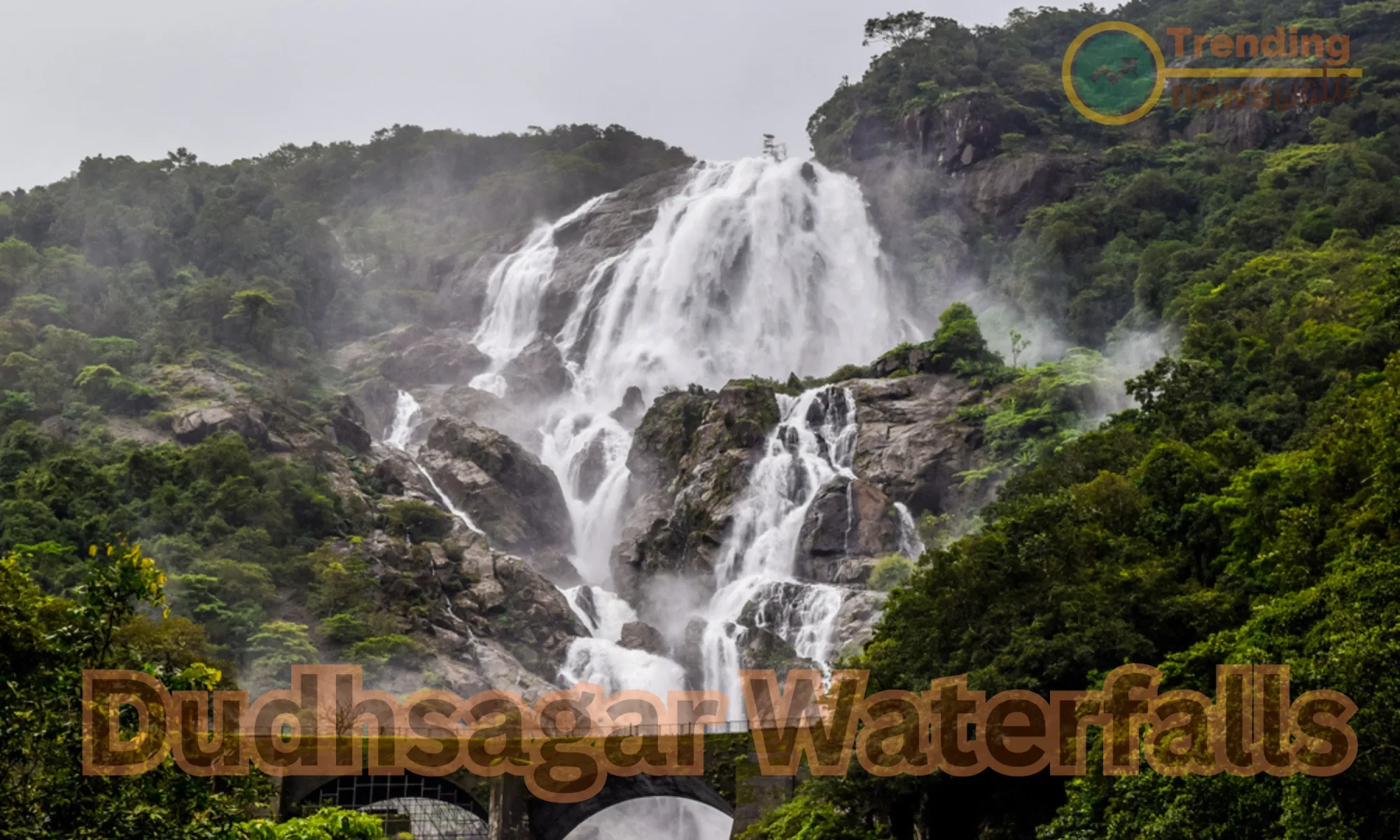
Dudhsagar Waterfalls, located in the Indian state of Goa, is one of the most breathtaking and iconic natural wonders in the region. The name "Dudhsagar" translates to "Sea of Milk" in the local Konkani language, and the waterfall's milky-white appearance as it cascades down the rocky cliffs is a sight to behold. Here's what you need to know about Dudhsagar Waterfalls:
1. Location:
- Dudhsagar Waterfalls is situated in the Bhagwan Mahavir Wildlife Sanctuary, near the Goa-Karnataka border in Western India. It's approximately 60 kilometers (37 miles) from the state capital, Panaji.
2. Height and Appearance:
- Dudhsagar is one of India's tallest waterfalls, with an approximate height of around 310 meters (1,017 feet). It is a four-tiered waterfall, and during the monsoon season, it resembles a milky cascade as water rushes down the rocky terrain.
3. Best Time to Visit:
- The best time to visit Dudhsagar Waterfalls is during and immediately after the monsoon season, from June to September, when the falls are at their most majestic and flow is at its peak.
- During the dry season (October to May), the waterfall's flow is significantly reduced, but it's still a beautiful natural attraction to visit.
4. Accessibility:
- Dudhsagar Waterfalls can be reached by road, and the most common mode of transport is by Jeep safari or on a guided tour. The final approach to the waterfall requires a trek through the forest.
5. Trekking to Dudhsagar:
- The trek to Dudhsagar Waterfalls is a popular adventure activity. It involves a scenic hike through the forest, crossing streams, and taking in the natural beauty.
- The trek is approximately 10 kilometers (6.2 miles) long and takes a few hours to complete. It's advisable to go with a guide who knows the terrain.
6. Wildlife Sanctuary:
- The waterfall is located within the Bhagwan Mahavir Wildlife Sanctuary, which is home to a variety of wildlife, including tigers, leopards, elephants, and various bird species. While visiting, you may encounter some of these animals or spot interesting flora.
7. Accommodation:
- There are limited accommodation options near Dudhsagar Waterfalls, including forest department cottages and campsites. Many visitors choose to stay in nearby towns like Collem or Mollem.
8. Safety and Regulations:
- Visitors should follow safety guidelines and regulations set by the forest department when visiting the waterfall and the wildlife sanctuary.
- Swimming in the pool at the base of the waterfall is generally discouraged due to strong currents, especially during the monsoon.
9. Photography:
- Dudhsagar Waterfalls is a favorite spot for photographers, and the picturesque views provide excellent opportunities for capturing the natural beauty.
Dudhsagar Waterfalls is not only a natural wonder but also a tranquil escape for those seeking adventure and a connection with nature. Whether you're trekking through the lush forest or simply marveling at the majestic waterfall, a visit to Dudhsagar is a memorable experience for nature enthusiasts and travelers to Goa.
Fort Aguada and its Lighthouse
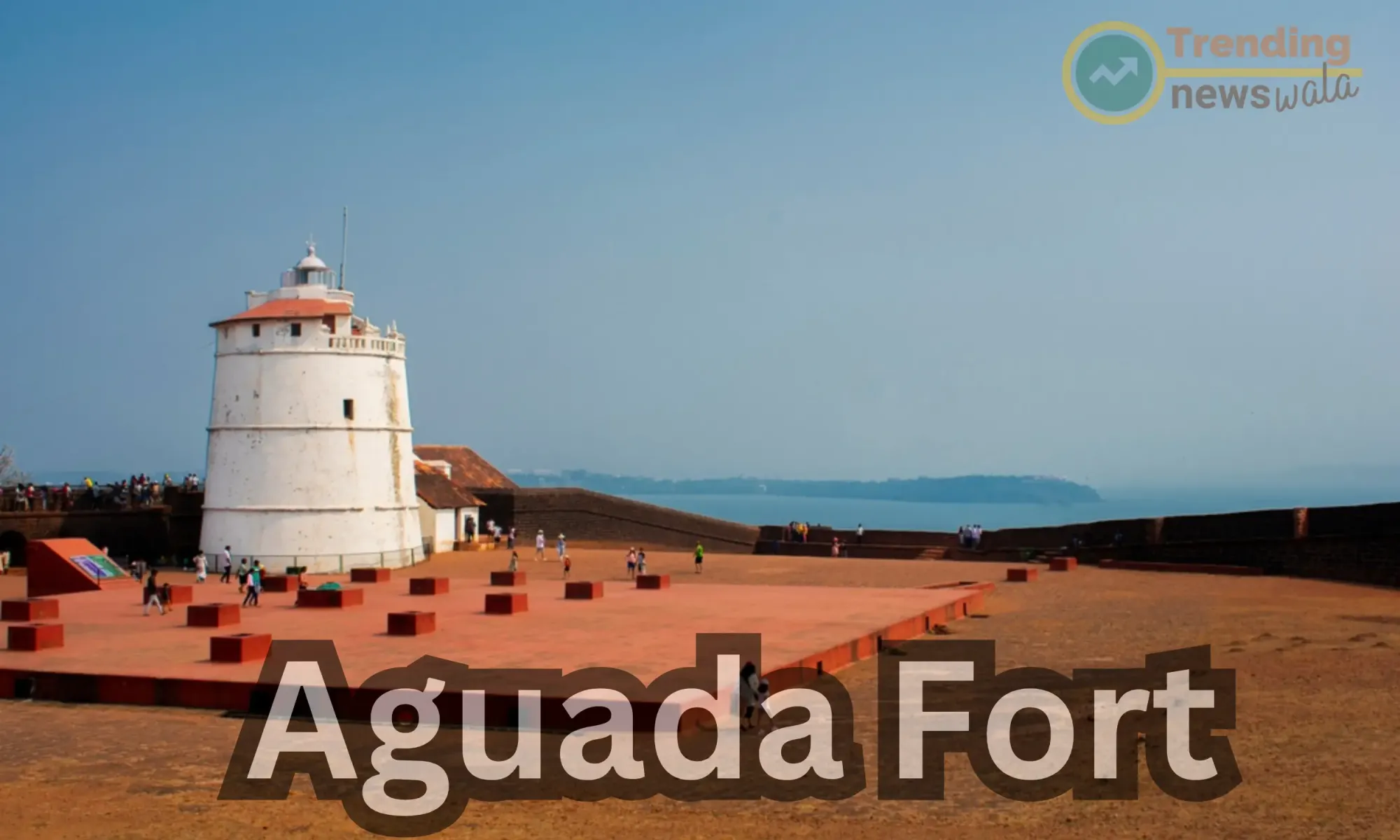
Fort Aguada and its lighthouse are historical landmarks located in North Goa, India. They are significant attractions known for their historical importance, stunning architecture, and panoramic views. Here's what you need to know about Fort Aguada and its Lighthouse:
1. Location:
- Fort Aguada is situated in Sinquerim, approximately 18 kilometers (11 miles) from the state capital, Panaji. It's not far from popular beaches like Candolim, Calangute, and Baga.
2. History:
- The fort was constructed by the Portuguese in the early 17th century. Its primary purpose was to protect the region from Dutch and Maratha invaders and to serve as a defense against pirates. The name "Aguada" comes from the Portuguese word "água," meaning water, as the fort had a freshwater spring within its premises.
- The lighthouse within the fort was built in 1864 and has been guiding ships along the coastline ever since.
3. Attractions:
- Fort Aguada: The fort is a massive and well-preserved structure made of laterite stone. It features thick walls, a moat, and various bastions. Visitors can explore the fort's historical structures and take in panoramic views of the Arabian Sea and the surrounding coastline.
- Aguada Lighthouse: The lighthouse stands within the fort complex and is still operational. It provides stunning views of the Arabian Sea and the picturesque landscapes.
- Water Storage: Like Aguada Fort, this fort also has vast underground water storage tanks that could hold approximately 10 million liters of freshwater, making it an essential resource for passing ships.
4. Activities:
- Visitors can explore the fort's historical structures and walls, climb the lighthouse for panoramic views, and enjoy a leisurely walk around the fort's premises.
- The nearby Sinquerim Beach is a great place for sunbathing and swimming.
5. Accommodation:
- There are limited accommodation options within the fort area, but you'll find a wide range of hotels, resorts, and guesthouses in nearby areas like Candolim and Calangute.
6. Best Time to Visit:
- The best time to visit Fort Aguada and its Lighthouse, as with most of Goa, is from November to February when the weather is pleasant and dry.
7. Local Attractions:
- Fort Aguada is close to other popular attractions like Candolim Beach, Baga Beach, Anjuna Beach, and the bustling markets of Mapusa and Calangute.
8. Safety:
- Visitors are advised to exercise caution while exploring the fort, especially when walking on uneven surfaces and stairs.
Fort Aguada and its Lighthouse are not only historical landmarks but also offer stunning views of the Arabian Sea and the surrounding coastal landscape. They are a must-visit for history enthusiasts, photographers, and anyone interested in Goa's rich colonial history and architecture.
Chapora Fort
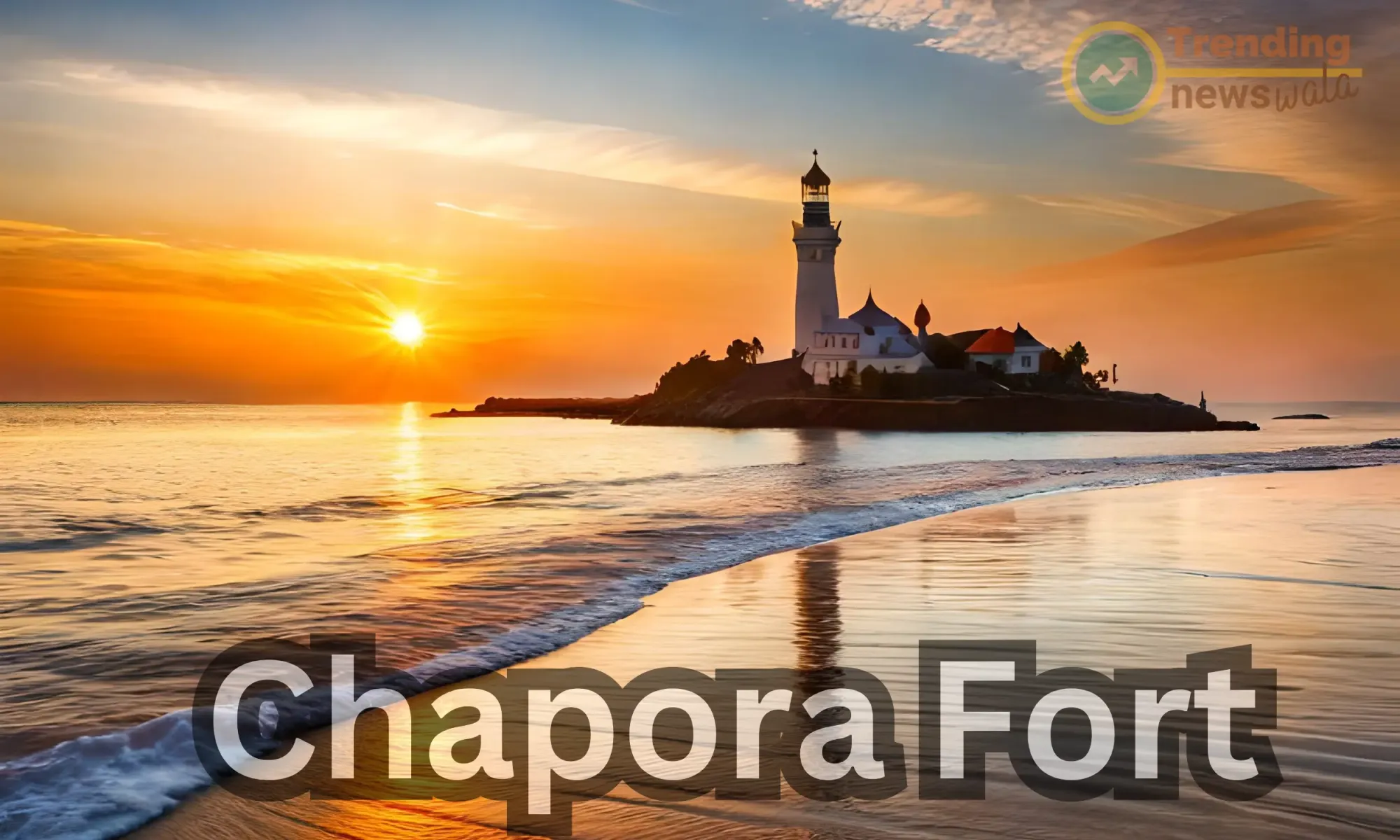
Chapora Fort, also known as the Chapora Fort or Shahpura, is a historic fortress located in North Goa, India. The fort is known for its stunning views of the Arabian Sea and the surrounding coastline, and it has gained popularity due to its appearance in Bollywood movies. Here's what you need to know about Chapora Fort:
1. Location:
- Chapora Fort is situated in the village of Chapora, approximately 10 kilometers (6.2 miles) from the town of Mapusa and about 22 kilometers (13.7 miles) from the state capital, Panaji.
2. History:
- The fort has a rich history dating back to the 16th century when it was constructed by Adil Shah, the Sultan of Bijapur. It was later rebuilt and reinforced by the Portuguese in the 17th century to defend against potential Maratha invasions.
- The fort played a strategic role in guarding the northern frontiers of Goa.
3. Attractions:
- Fort Structure: Chapora Fort is perched on a hilltop overlooking the Chapora River and the Arabian Sea. The fort is known for its red laterite stone walls and dramatic, rocky cliffs. It offers stunning panoramic views of the surrounding landscape.
- Scenic Views: Visitors can enjoy breathtaking views of the Chapora River, Vagator Beach, Anjuna Beach, and the Arabian Sea from various vantage points within the fort.
- Climbing the Fort: To reach the fort, visitors need to trek up a gentle slope. The walk to the fort is relatively easy and provides opportunities for photography and exploration.
4. Best Time to Visit:
- The best time to visit Chapora Fort is during the cooler months, from November to February, when the weather is pleasant and dry.
5. Activities:
- Visitors can explore the fort's historical structures, walk along the fort walls, and take in the stunning views of the coastline and surrounding areas.
- Many tourists visit the fort to enjoy a picnic and relax while admiring the scenic beauty.
- Chapora Fort is a popular spot for photographers, especially during sunset.
6. Local Attractions:
- Chapora Fort is close to popular beaches like Vagator Beach and Anjuna Beach. You can combine a visit to the fort with a trip to these nearby coastal destinations.
7. Safety:
- Visitors should exercise caution while exploring the fort, especially when walking on uneven surfaces and near the edges of cliffs.
Chapora Fort is not only a historical site but also a place of natural beauty and panoramic views. It's a must-visit destination for history enthusiasts, photographers, and travelers seeking a tranquil escape with a touch of history and culture in the beautiful setting of North Goa.
Mapusa Market
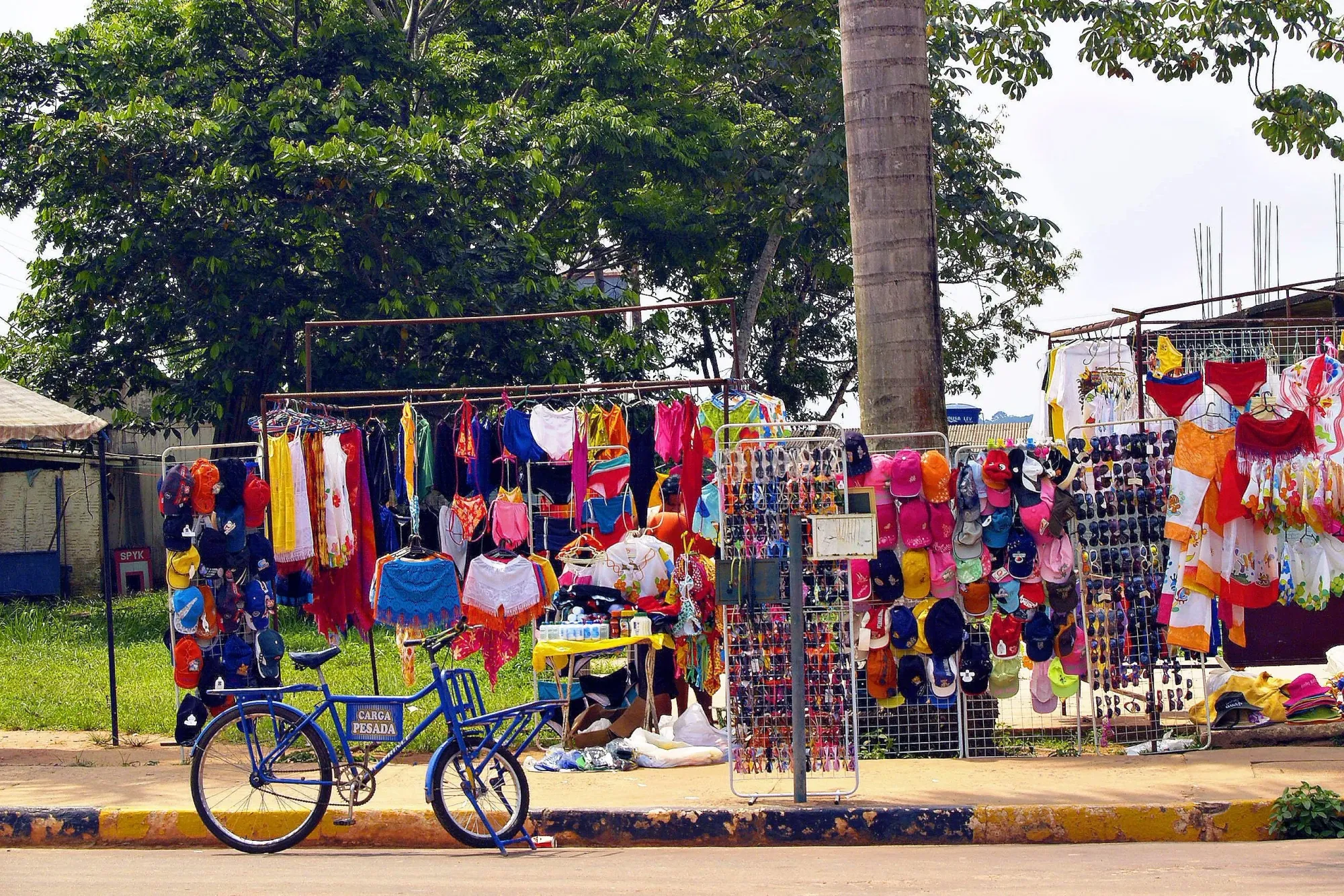
Mapusa Market, also known as Mapusa Friday Market, is one of the most famous and vibrant markets in North Goa, India. It's a bustling and colorful market that attracts both locals and tourists alike. Here's what you need to know about Mapusa Market:
1. Location:
- Mapusa Market is located in the town of Mapusa, which is situated in North Goa, approximately 13 kilometers (8 miles) from the state capital, Panaji.
2. Timing:
- The market is held every Friday, hence the name "Mapusa Friday Market." It typically operates from early morning until late afternoon, with the peak of activity occurring in the morning.
3. Attractions:
- Local Produce: Mapusa Market is known for its wide variety of goods, including fresh fruits, vegetables, spices, and herbs. It's an excellent place to experience the flavors and aromas of Goan cuisine.
- Clothing and Apparel: The market is a popular destination for clothing, textiles, and accessories. You can find traditional Indian garments, as well as modern clothing and footwear.
- Handicrafts and Souvenirs: Mapusa Market offers a range of handicrafts, jewelry, home decor items, and souvenirs. It's a great place to pick up unique gifts and keepsakes.
- Street Food: You can savor delicious street food and local snacks at the market. Try Goan specialties like bhaji pav, chouriço pav, and various sweets.
- Live Entertainment: Sometimes, there are local musicians and performers entertaining the crowd with traditional music and dance.
4. Best Time to Visit:
- The market is open year-round, but the best time to visit is on a Friday morning when it's most active and lively.
5. Local Culture:
- Mapusa Market provides a glimpse into Goan culture and the daily lives of the locals. It's a place where you can interact with the friendly Goan people and experience the local way of life.
6. Shopping Tips:
- Bargaining is common in Indian markets, including Mapusa. Be prepared to negotiate prices, especially when buying non-fixed-price items like clothing and souvenirs.
7. Nearby Attractions:
- Mapusa is well-connected to other attractions in North Goa. After visiting the market, you can explore nearby destinations like the beaches of Calangute, Baga, and Anjuna, or visit historical sites like Chapora Fort.
Mapusa Market is not only a shopping destination but also a cultural experience. It's a vibrant and lively place where you can immerse yourself in the sights, sounds, and flavors of Goa while picking up some great local products and souvenirs.
Museum of Christian Art
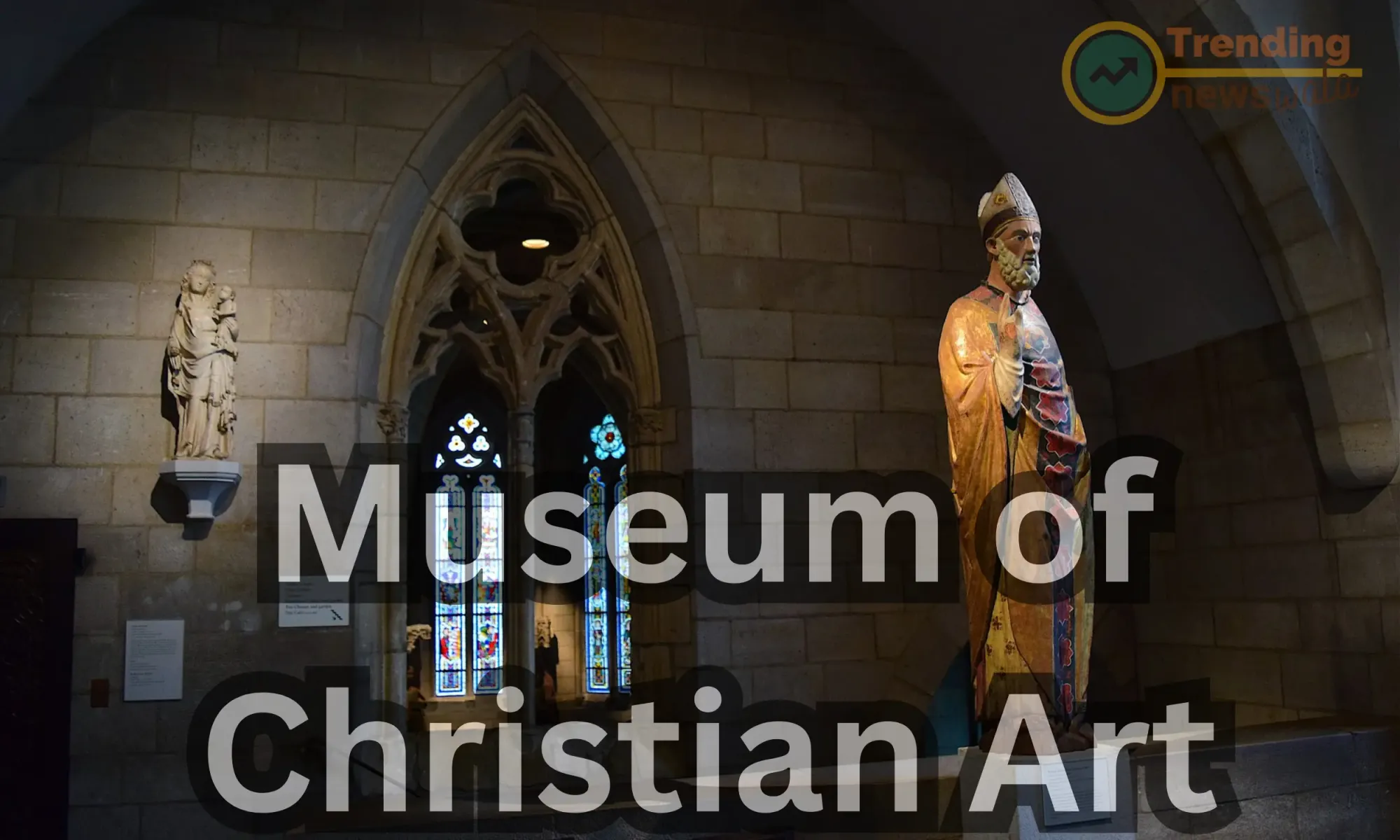
The Museum of Christian Art is a unique cultural institution located in Old Goa, India. It is known for its impressive collection of Christian religious art and artifacts, spanning several centuries. Here's what you need to know about the Museum of Christian Art:
1. Location:
- The Museum of Christian Art is situated in the Convent of Santa Monica, which is located in the heart of Old Goa, approximately 10 kilometers (6.2 miles) east of the state capital, Panaji.
2. History:
- The museum is housed in a building that was once part of the Convent of Santa Monica, which was founded by Franciscan friars in the early 17th century. The building itself is a fine example of Portuguese colonial architecture.
- The museum was established in 1994 with the aim of preserving and showcasing Christian art and heritage from Goa's colonial period.
3. Collections:
- The Museum of Christian Art boasts a diverse and extensive collection of Christian religious art and artifacts, primarily from the 16th to the 19th centuries.
- The collection includes religious paintings, sculptures, ivory and wood carvings, silverware, vestments, liturgical objects, and religious manuscripts.
- Many of the artifacts on display are beautifully crafted and reflect the rich artistic heritage of Goa during the Portuguese colonial era.
4. Highlights:
- Notable highlights of the museum's collection include intricately carved ivory crucifixes, wooden statues of saints, ornate chalices and monstrances, and paintings depicting scenes from the life of Christ and the Virgin Mary.
- The museum also houses a collection of sacred vestments and liturgical objects used in Catholic church ceremonies.
5. Preservation and Conservation:
- The museum is dedicated to the preservation and conservation of Christian art and heritage in Goa. It plays a vital role in safeguarding these valuable artifacts for future generations.
6. Visitor Information:
- The Museum of Christian Art is open to visitors, and it provides a unique opportunity to explore the cultural and religious history of Goa.
- The museum is typically open on all days except Mondays, and it may have specific visiting hours and an admission fee. Visitors are advised to check the latest information before planning their visit.
7. Nearby Attractions:
- Old Goa, where the Museum of Christian Art is located, is a treasure trove of historical and religious attractions. Visitors can explore other landmarks like the Basilica of Bom Jesus, Sé Cathedral, and St. Augustine Tower, all of which are UNESCO World Heritage Sites.
The Museum of Christian Art in Old Goa is a must-visit for art enthusiasts, history buffs, and anyone interested in exploring the rich cultural and religious heritage of the region. It provides a fascinating glimpse into the artistic and religious traditions of Goa's colonial past.
These are just a few of the many attractions in North Goa. The region also offers vibrant nightlife, water sports, delicious Goan cuisine, and opportunities for cultural exploration. Whether you're seeking relaxation or adventure, North Goa has something to offer every traveler.

Certainly, here are some frequently asked questions (FAQs) about places in North Goa:
1. What are the must-visit beaches in North Goa?
- Some of the must-visit beaches in North Goa include Baga Beach, Calangute Beach, Anjuna Beach, Vagator Beach, and Candolim Beach.
2. What are the best water sports activities in North Goa?
North Goa offers a wide range of water sports activities, including parasailing, jet skiing, banana boat rides, scuba diving, snorkeling, and windsurfing.
3. Which forts are worth visiting in North Goa?
Fort Aguada, Chapora Fort, and Tiracol Fort are some of the historical forts in North Goa that are worth visiting.
4. What is the best time to visit North Goa?
The best time to visit North Goa is during the dry season, which typically runs from November to February when the weather is pleasant and dry.
5. What are the popular markets and shopping areas in North Goa?
Popular markets in North Goa include Mapusa Market, Anjuna Flea Market, and Calangute Market. You can shop for clothing, jewelry, handicrafts, and souvenirs at these markets.
6. Are there any wildlife sanctuaries in North Goa?
Yes, the Bhagwan Mahavir Wildlife Sanctuary and Mollem National Park are located in North Goa, offering opportunities for wildlife enthusiasts and nature lovers.
7. What are the best places for nightlife in North Goa?
North Goa is known for its vibrant nightlife. Some popular nightlife spots include Tito's Lane in Baga, Club Cubana, Curlies Beach Shack in Anjuna, and various beachfront bars and clubs.
8. How can I get around North Goa?
You can get around North Goa by renting a scooter or motorcycle, hiring a taxi, or using ride-sharing apps like Uber and Ola. Many hotels also offer bicycle rentals.
9. Are there cultural and historical attractions in North Goa?
Yes, North Goa has several cultural and historical attractions, including churches like the Basilica of Bom Jesus and Sé Cathedral, as well as the Museum of Christian Art in Old Goa.
10. What are the best places for trekking in North Goa?
You can go trekking in the Western Ghats near North Goa, including treks to Dudhsagar Waterfalls, Tambdi Surla Temple, and the forts like Chapora Fort.
11. Are there any adventure activities available in North Goa?
- Yes, you can enjoy adventure activities such as trekking, rock climbing, and zip-lining in the adventure parks located in and around North Goa.
12. Can I find Ayurvedic and wellness centers in North Goa?
Yes, North Goa offers numerous Ayurvedic and wellness centers where you can experience traditional healing therapies, yoga, and meditation.
13. Are there family-friendly attractions in North Goa?
Yes, there are family-friendly attractions like water parks, wildlife sanctuaries, and beaches that are safe for swimming and picnicking.
These FAQs should provide you with useful information to plan your visit to North Goa and make the most of your trip to this beautiful destination in India.





